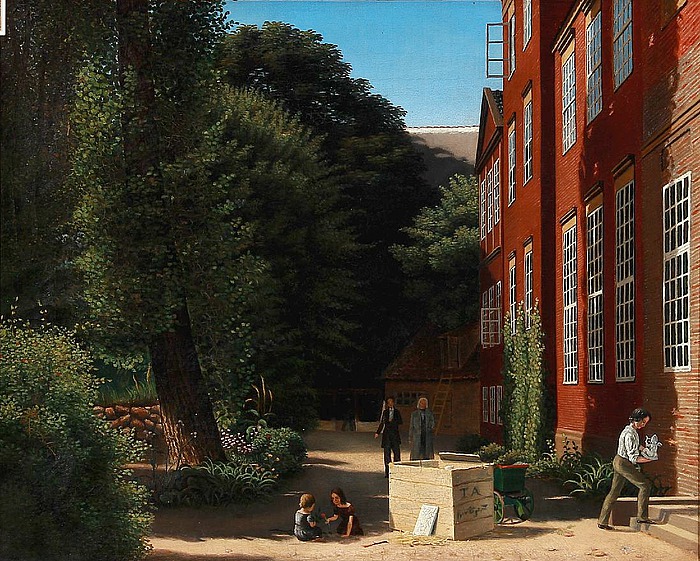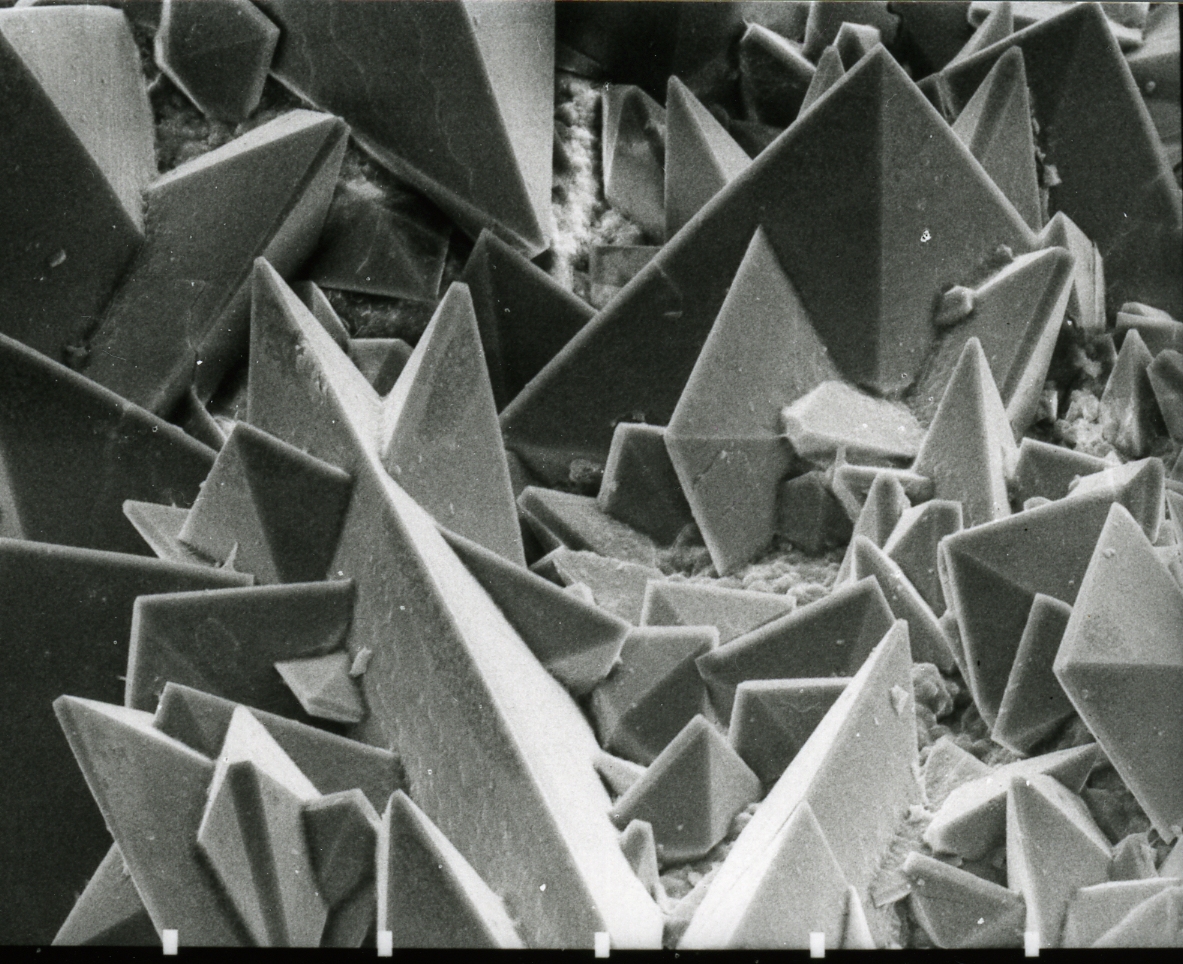|
Aglaonema Costatum
''Aglaonema costatum'', called the spotted evergreen, is a species of flowering plant in the genus ''Aglaonema'', native to Bangladesh, Thailand, Peninsular Malaysia, Laos, Cambodia and Vietnam. In these areas, the plant is typically found growing in the understory of tropical rain forests. Its putative form, ''Aglaonema costatum'' f. ''immaculatum'', called the unspotted Chinese evergreen, has gained the Royal Horticultural Society's Award of Garden Merit. ''A. costatum'' typically reaches about 60 cm tall and 30-45 cm wide. Its leaves are typically about 20 centimeters long, ovately shaped, with entire margins. They are green, with a white stripe along the midrib and a number of irregularly shaped white spots. In the summer, it produces white spathe-and-spadix flowers, about 2–3.5 centimeters long. As a result of the calcium oxalate Calcium oxalate (in archaic terminology, oxalate of lime) is a calcium salt of oxalic acid with the chemical formula or . It forms hydrates ... [...More Info...] [...Related Items...] OR: [Wikipedia] [Google] [Baidu] |
University Of Copenhagen Botanical Garden
The University of Copenhagen Botanical Garden (), usually referred to simply as Copenhagen Botanical Garden, is a botanical garden located in the centre of Copenhagen, Denmark. It covers an area of 10 hectares and is particularly noted for its extensive complex of historical greenhouse, glasshouses dating from 1874. The garden is part of the Natural History Museum of Denmark, which is itself part of the University of Copenhagen Faculty of Science. It serves both research, educational and recreational purposes. The identification code of the ''University of Copenhagen Botanical Garden'' as a member of the Botanic Gardens Conservation International (BGCI), as well as the initials of its herbarium is C.Botanical Garden, Natural History Museum of Denmark Botanic Garde ... [...More Info...] [...Related Items...] OR: [Wikipedia] [Google] [Baidu] |
Aglaonema
''Aglaonema'' is a genus of flowering plants in the arum family, Araceae. They are native to tropics, tropical and subtropics, subtropical regions of Asia and New Guinea.''Aglaonema''. Flora of China. They are known commonly as Chinese evergreens.Chen, J., et al Cultural Guidelines for Commercial Production of Interiorscape ''Aglaonema''. ENH957. Environmental Horticulture. Florida Cooperative Extension Service. University of Florida IFAS. 2003. Description These are evergreen perennial plant, perennials with stems growing erect or decumbent and creeping. Stems that grow along the ground may root at the node ...[...More Info...] [...Related Items...] OR: [Wikipedia] [Google] [Baidu] |
Royal Horticultural Society
The Royal Horticultural Society (RHS), founded in 1804 as the Horticultural Society of London, is the UK's leading gardening charity. The RHS promotes horticulture through its five gardens at Wisley (Surrey), Hyde Hall (Essex), Harlow Carr (North Yorkshire), Rosemoor (Devon) and Bridgewater (Greater Manchester); flower shows including the Chelsea Flower Show, Hampton Court Palace Flower Show, Tatton Park Flower Show and Cardiff Flower Show; community gardening schemes; Britain in Bloom and a vast educational programme. It also supports training for professional and amateur gardeners. the president was Keith Weed and the director general was Clare Matterson CBE. History Founders The creation of a British horticultural society was suggested by John Wedgwood (son of Josiah Wedgwood) in 1800. His aims were fairly modest: he wanted to hold regular meetings, allowing the society's members the opportunity to present papers on their horticultural activities and discov ... [...More Info...] [...Related Items...] OR: [Wikipedia] [Google] [Baidu] |
Award Of Garden Merit
The Award of Garden Merit (AGM) is a long-established award for plants by the British Royal Horticultural Society (RHS). It is based on assessment of the plants' performance under UK growing conditions. It includes the full range of cultivated plants, from annuals, biennials and perennials to shrubs and trees. It covers plants grown for specific purposes - such as vegetable crops, fruit, hedging, topiary, groundcover, summer bedding, houseplants, etc. It tests characteristics such as robustness, hardiness, longevity, flowering/fruiting abundance and quality, usefulness, and ease of cultivation. It pays particular attention to a plant's ability to survive and thrive in challenging conditions such as wind and frost. The AGM trophy symbol is widely used in gardening literature as a sign of exceptional quality, and is recognised as such by writers, horticulturalists, nurseries, and everybody in the UK who practises gardening. History The Award of Garden Merit is a mark of quality aw ... [...More Info...] [...Related Items...] OR: [Wikipedia] [Google] [Baidu] |
Calcium Oxalate
Calcium oxalate (in archaic terminology, oxalate of lime) is a calcium salt of oxalic acid with the chemical formula or . It forms hydrates , where ''n'' varies from 1 to 3. Anhydrous and all hydrated forms are colorless or white. The monohydrate occurs naturally as the mineral whewellite, forming envelope-shaped crystals, known in plants as raphides. The two rarer hydrates are dihydrate , which occurs naturally as the mineral weddellite, and trihydrate , which occurs naturally as the mineral caoxite, are also recognized. Some foods have high quantities of calcium oxalates and can produce sores and numbing on ingestion and may even be fatal. Cultural groups with diets that depend highly on fruits and vegetables high in calcium oxalate, such as those in Micronesia, reduce the level of it by boiling and cooking them. They are a constituent in 76% of human kidney stones. Calcium oxalate is also found in beerstone, a scale that forms on containers used in breweries. Occurrence ... [...More Info...] [...Related Items...] OR: [Wikipedia] [Google] [Baidu] |
Plants Described In 1892
Plants are the eukaryotes that form the kingdom Plantae; they are predominantly photosynthetic. This means that they obtain their energy from sunlight, using chloroplasts derived from endosymbiosis with cyanobacteria to produce sugars from carbon dioxide and water, using the green pigment chlorophyll. Exceptions are parasitic plants that have lost the genes for chlorophyll and photosynthesis, and obtain their energy from other plants or fungi. Most plants are multicellular organism, multicellular, except for some green algae. Historically, as in Aristotle's biology, the plant kingdom encompassed all living things that were not animals, and included algae and fungi. Definitions have narrowed since then; current definitions exclude fungi and some of the algae. By the definition used in this article, plants form the clade Viridiplantae (green plants), which consists of the green algae and the embryophytes or land plants (hornworts, liverworts, mosses, lycophytes, ferns, conif ... [...More Info...] [...Related Items...] OR: [Wikipedia] [Google] [Baidu] |


